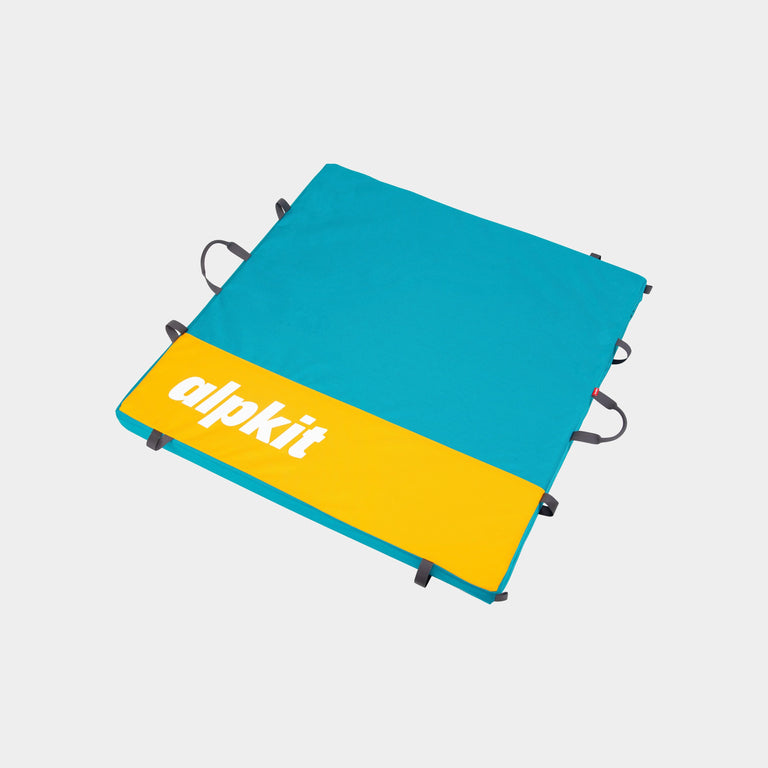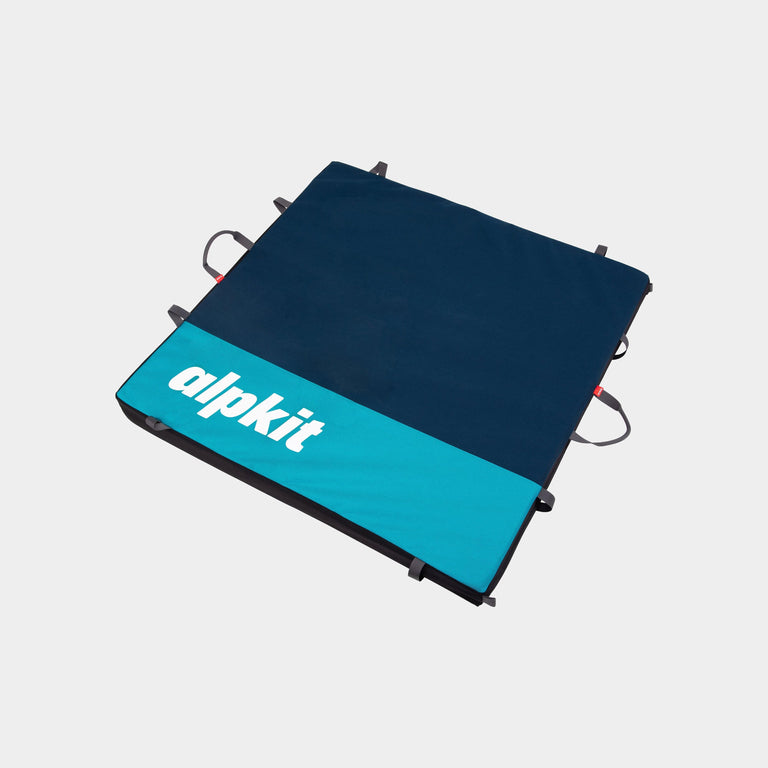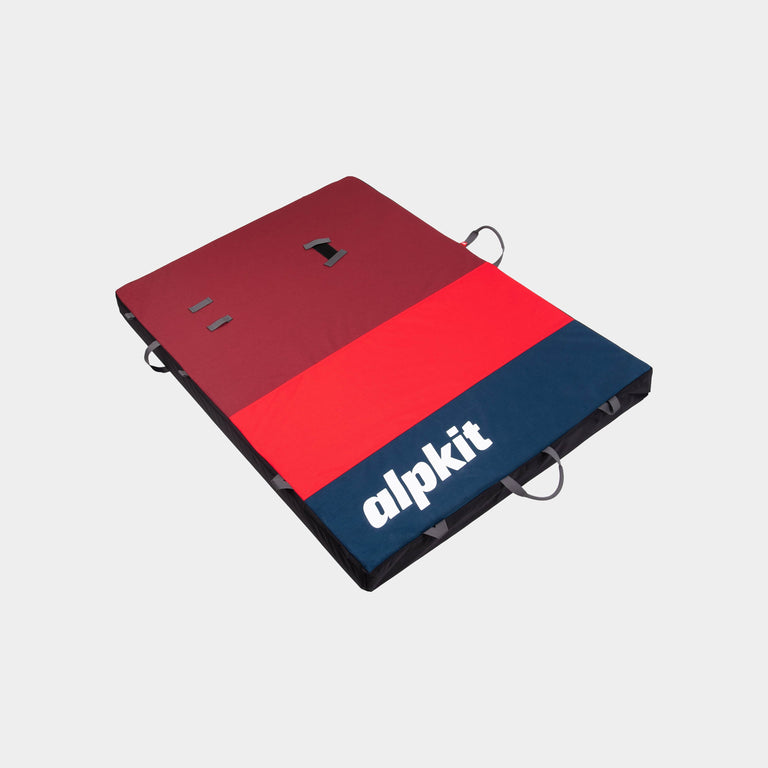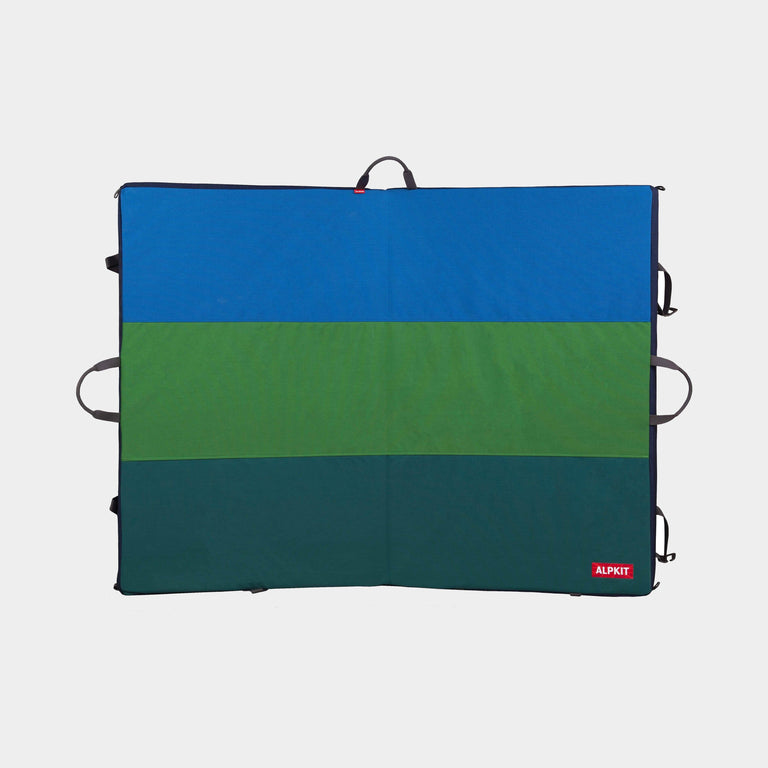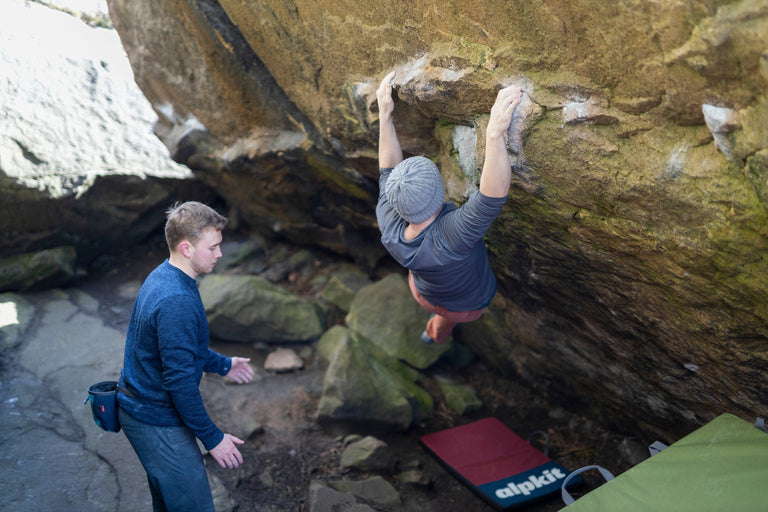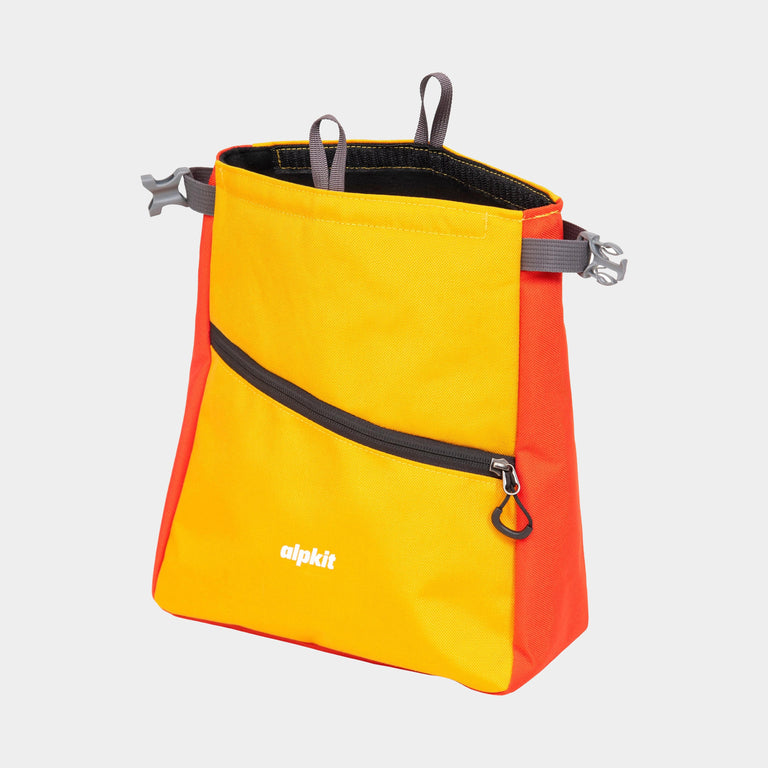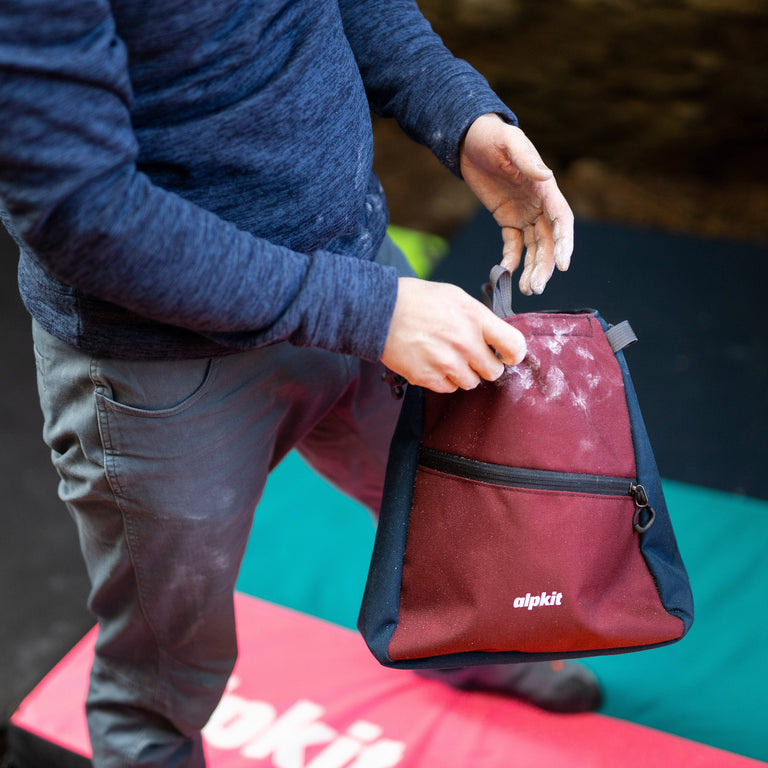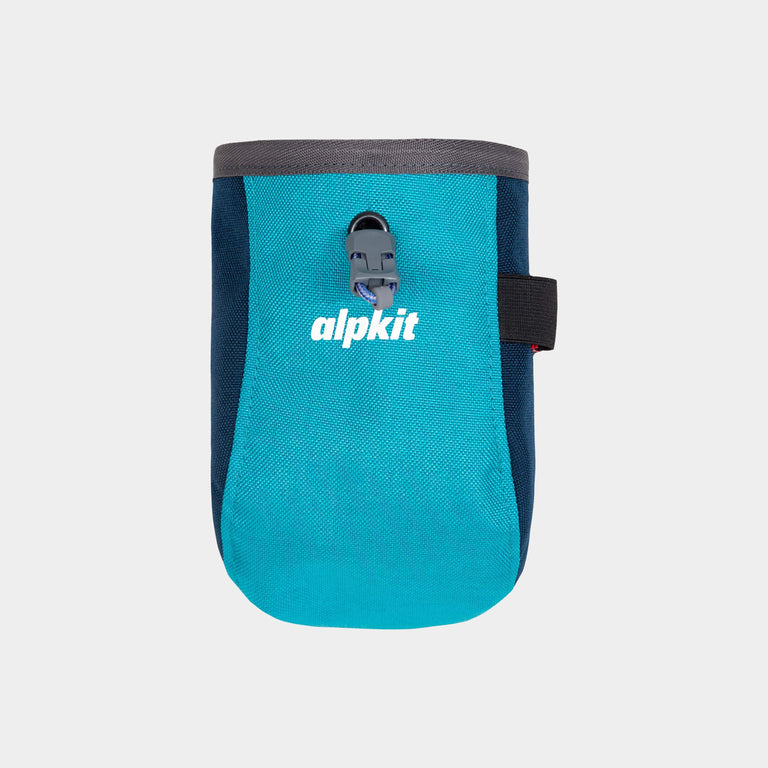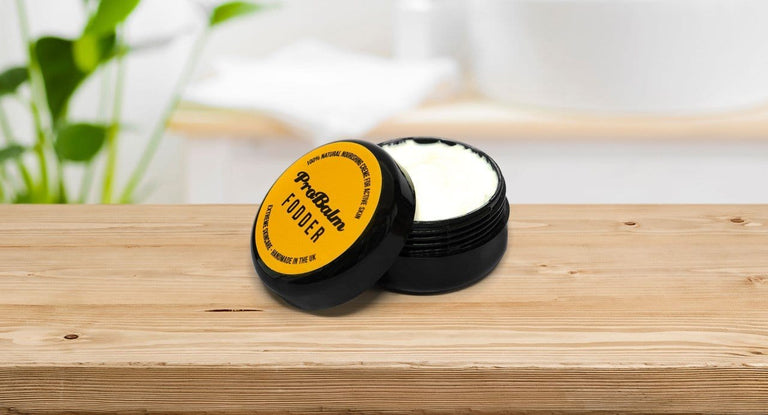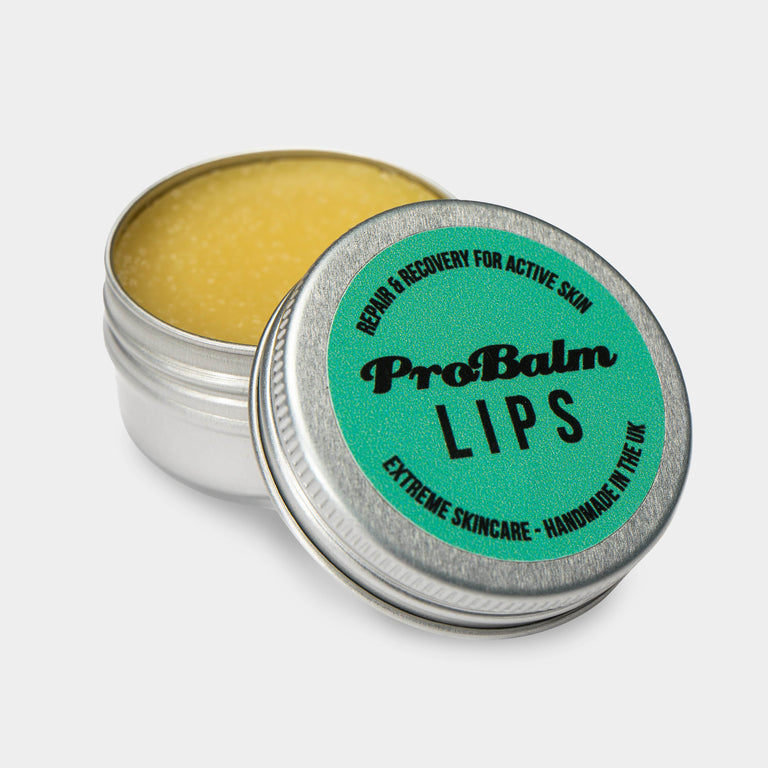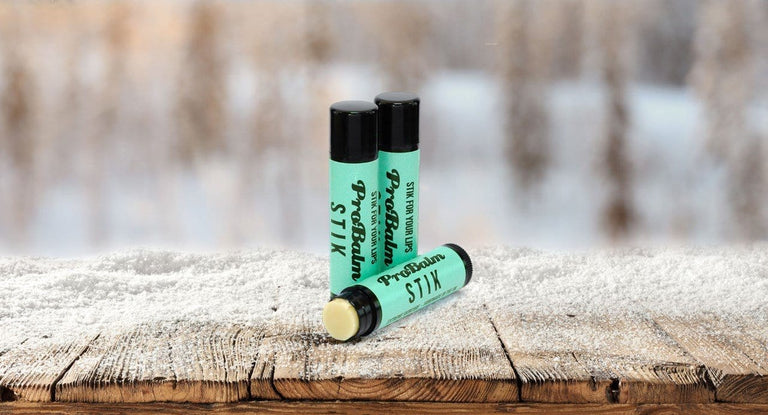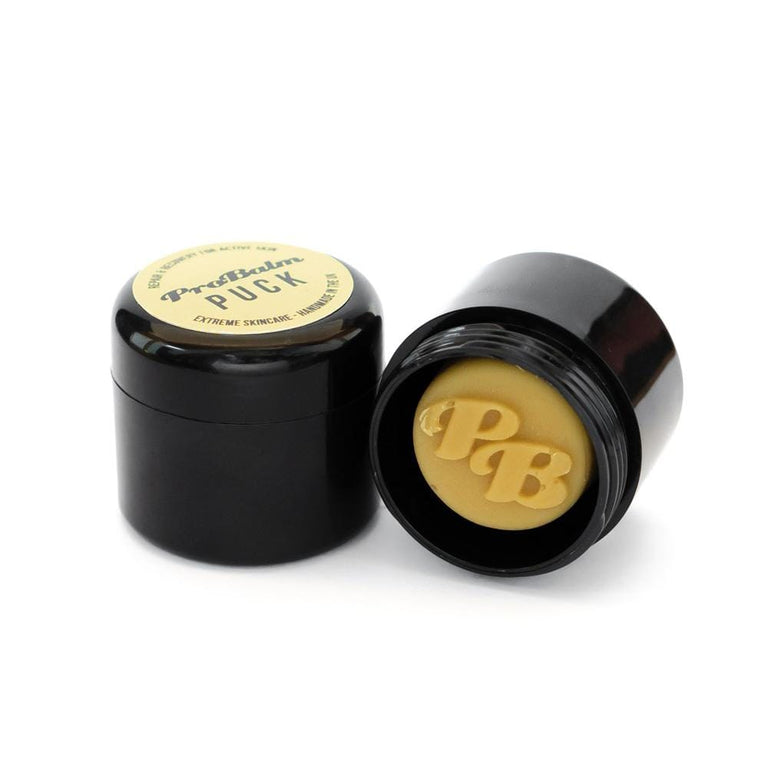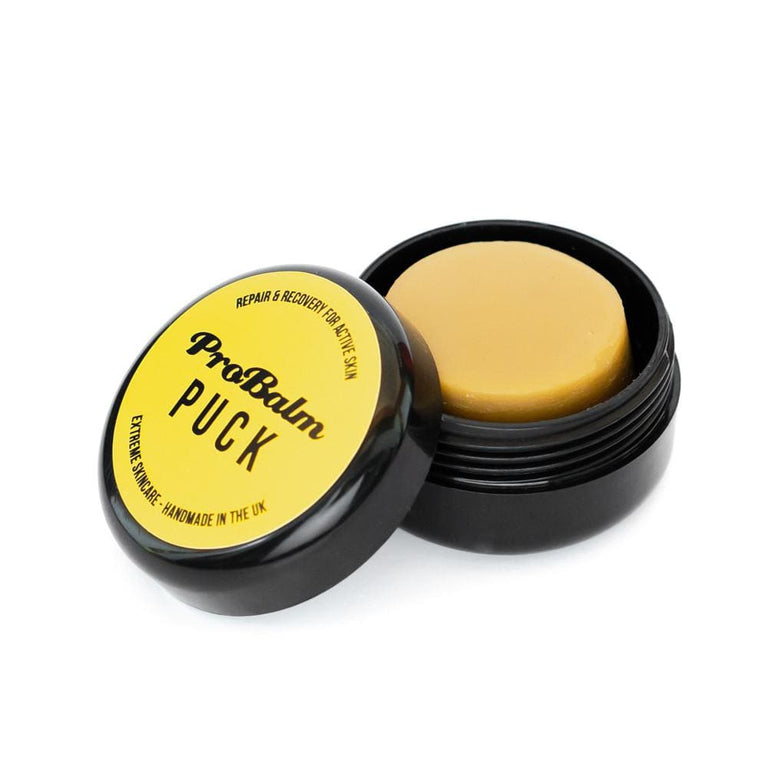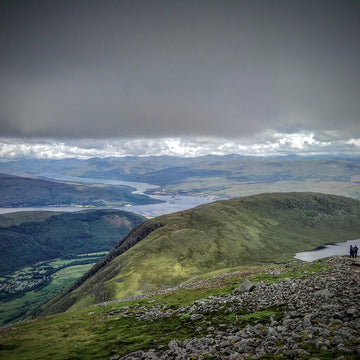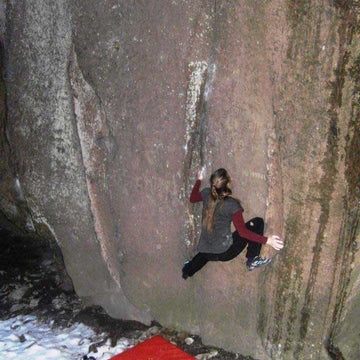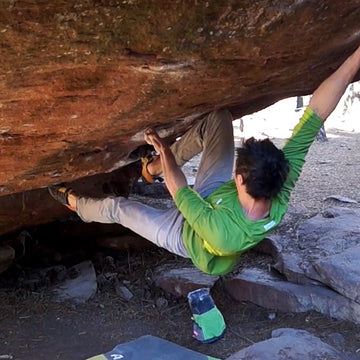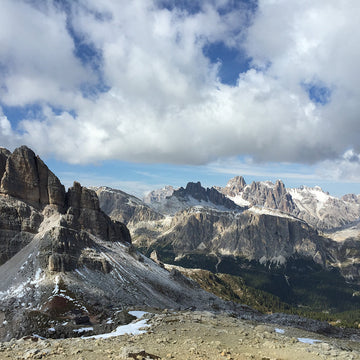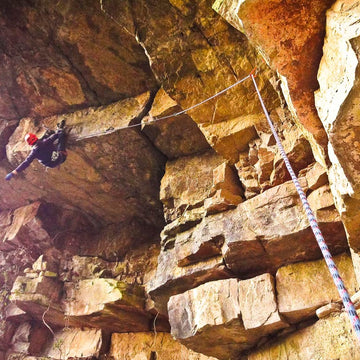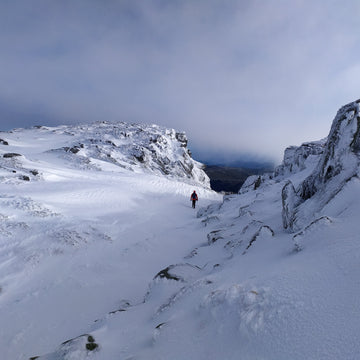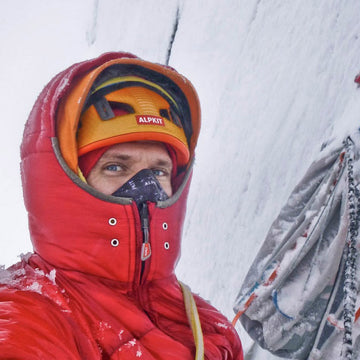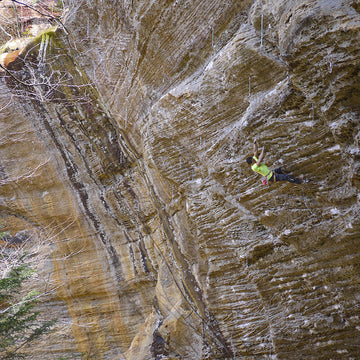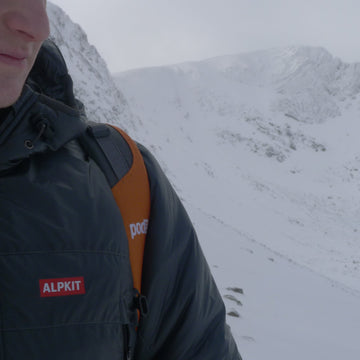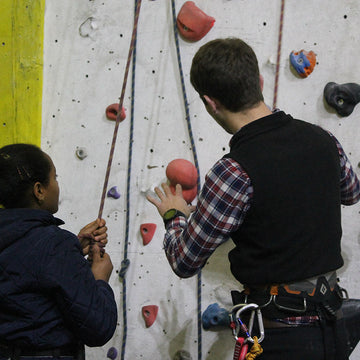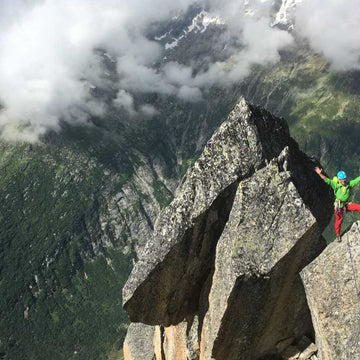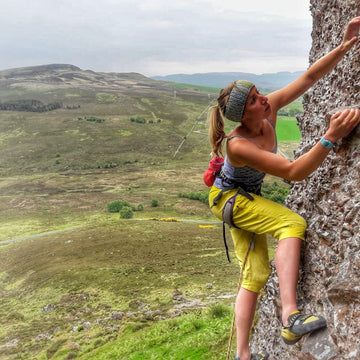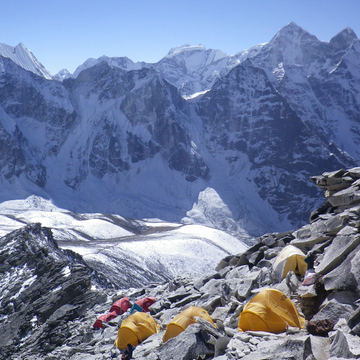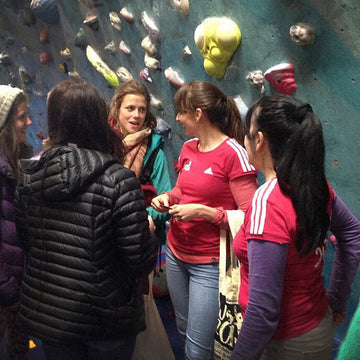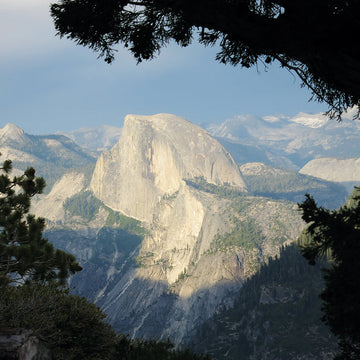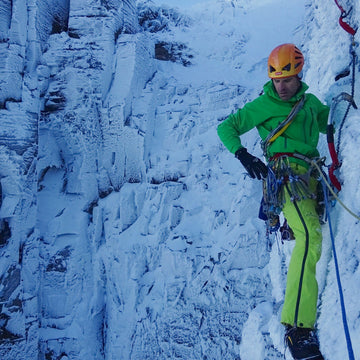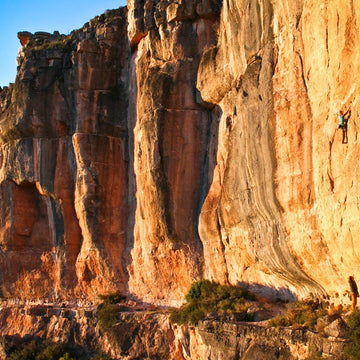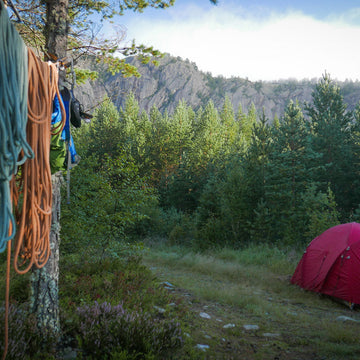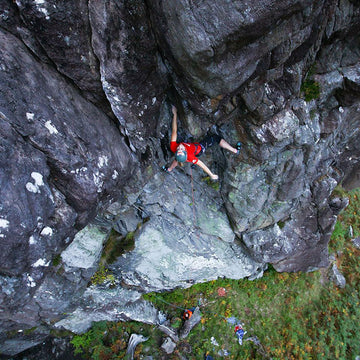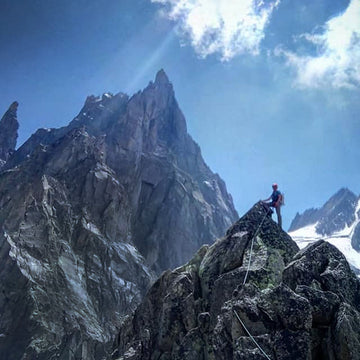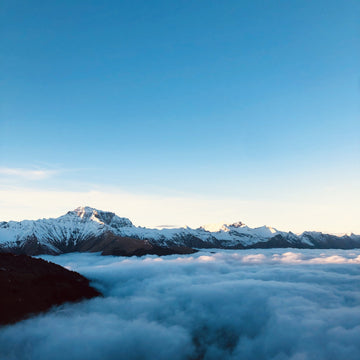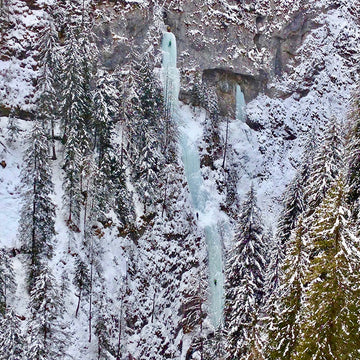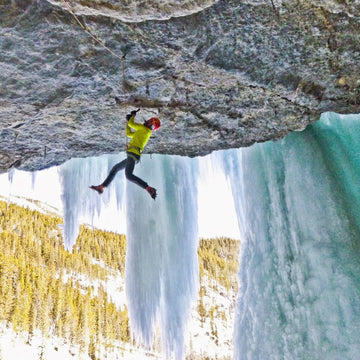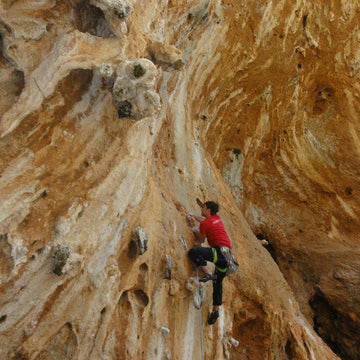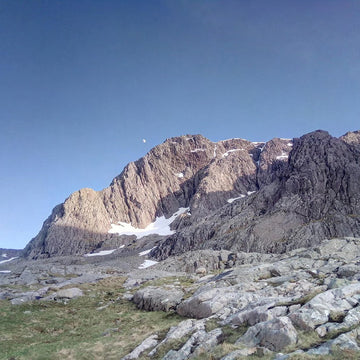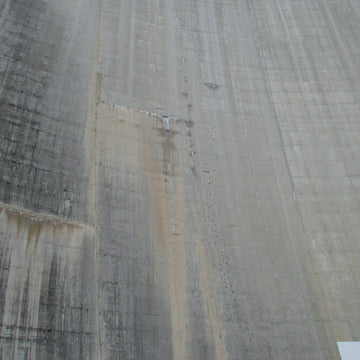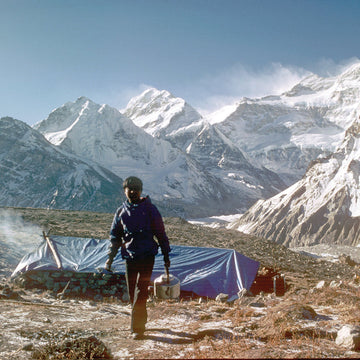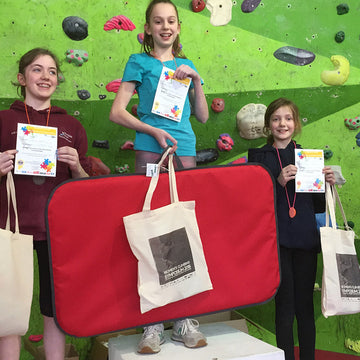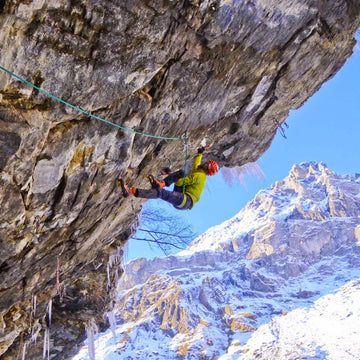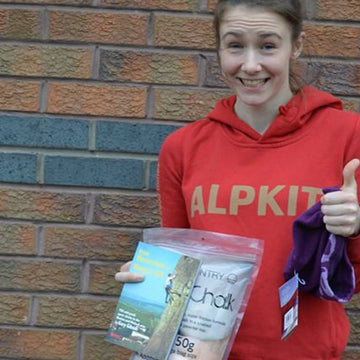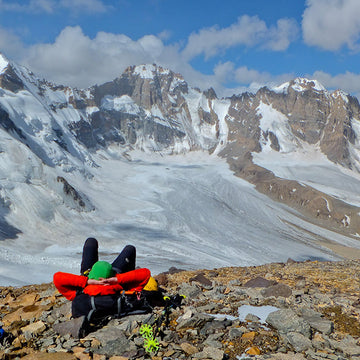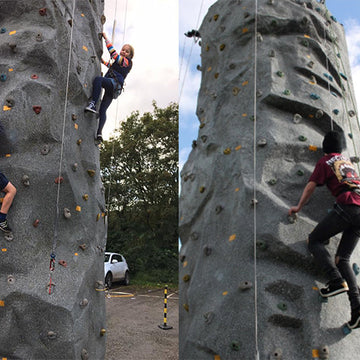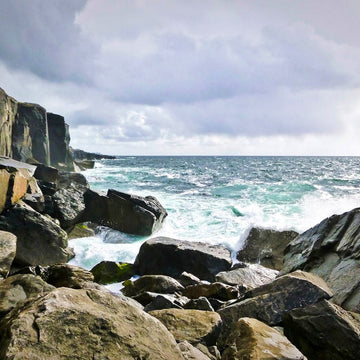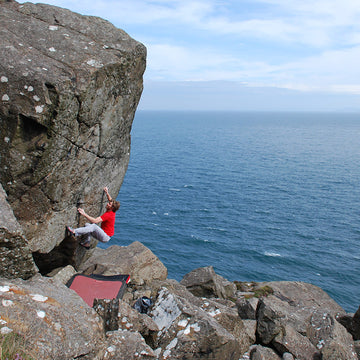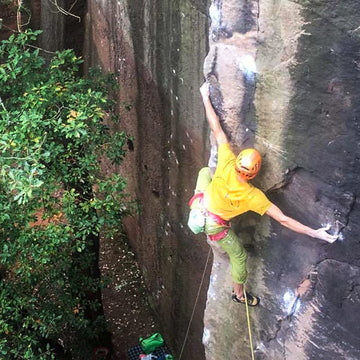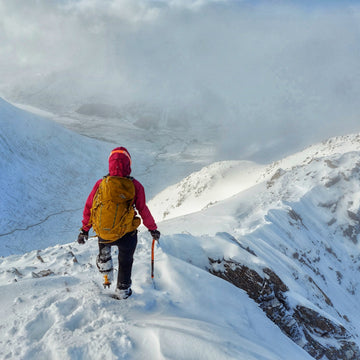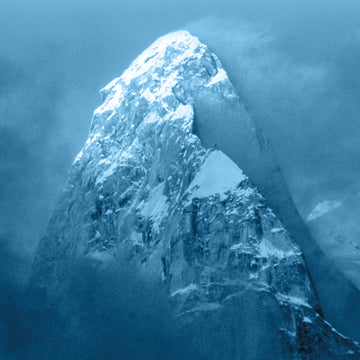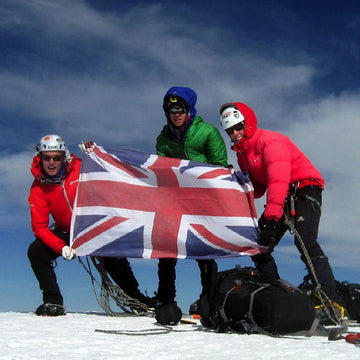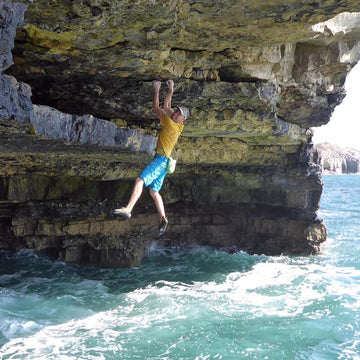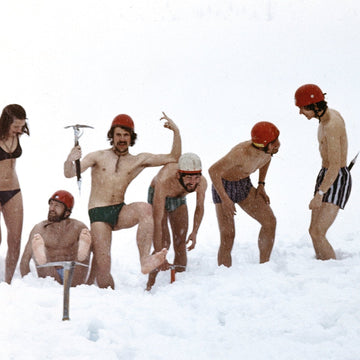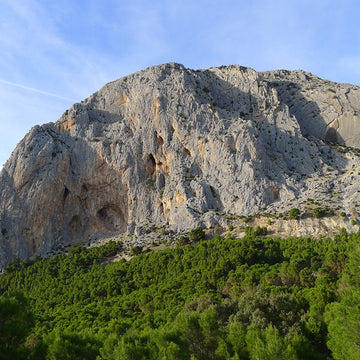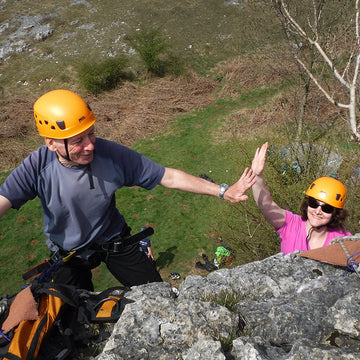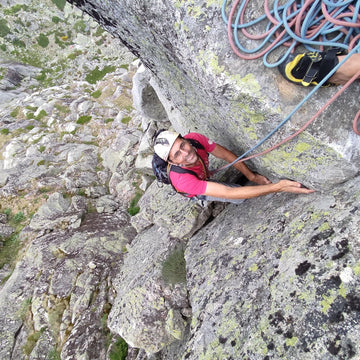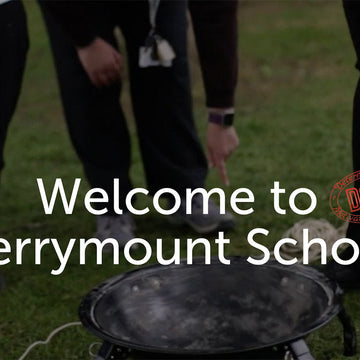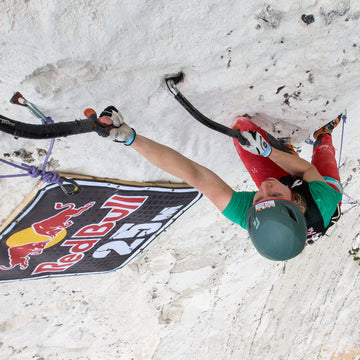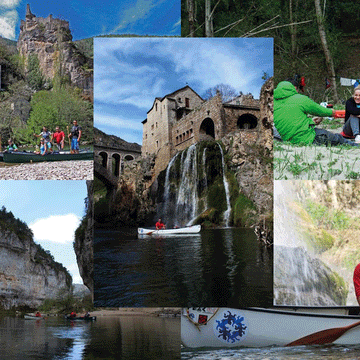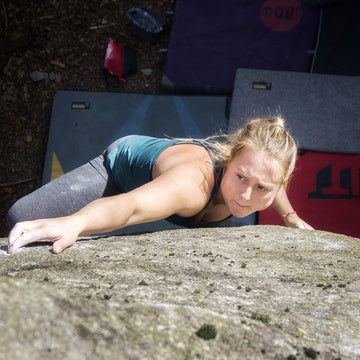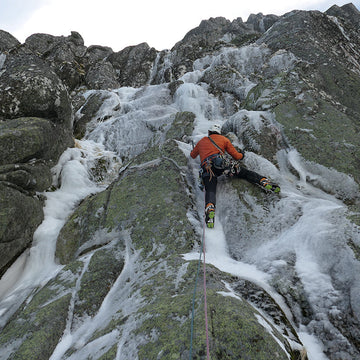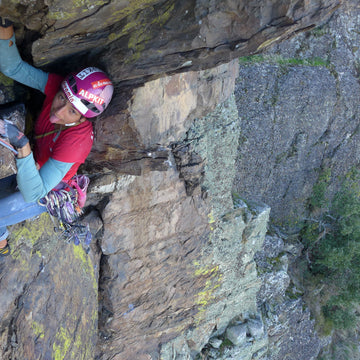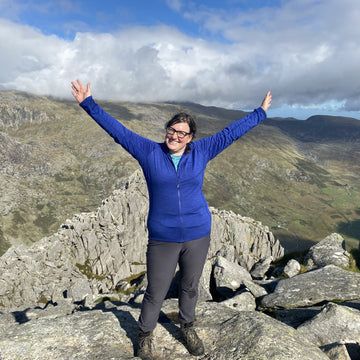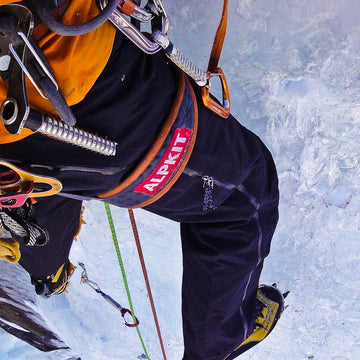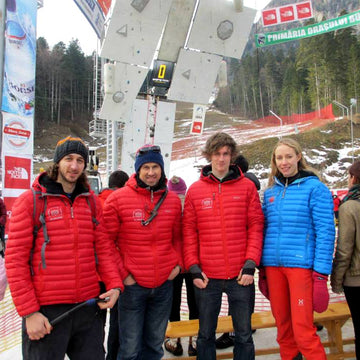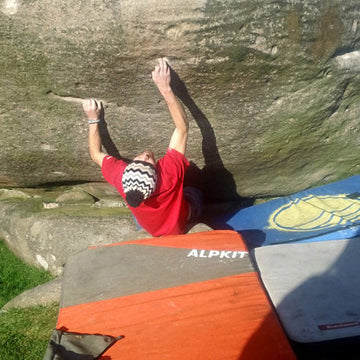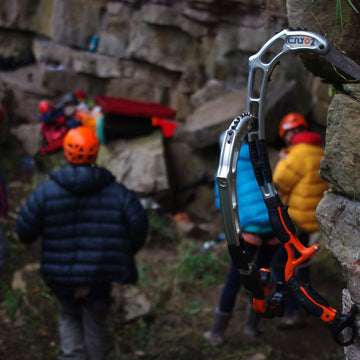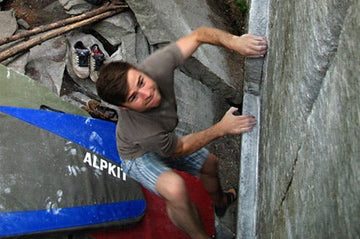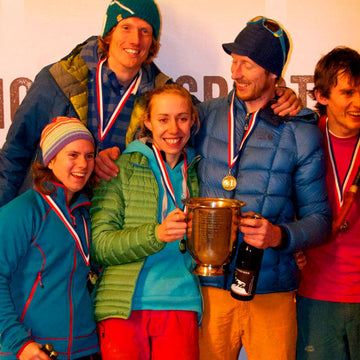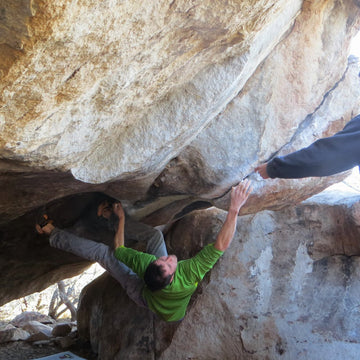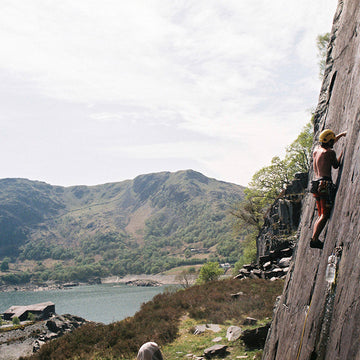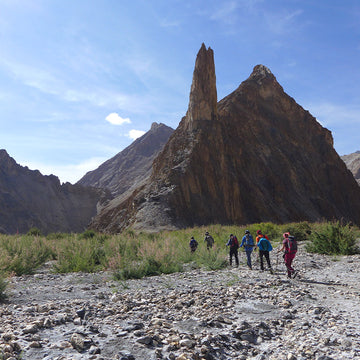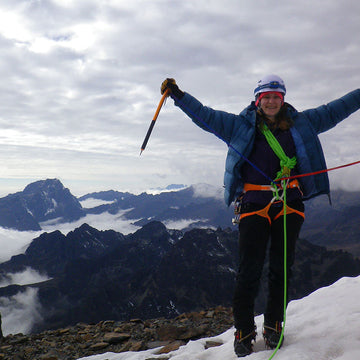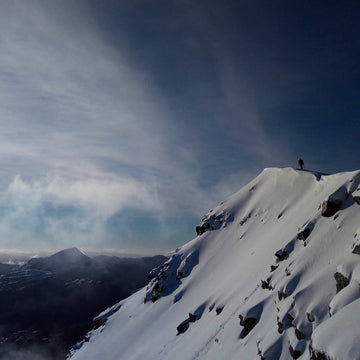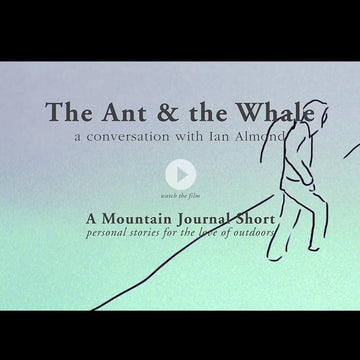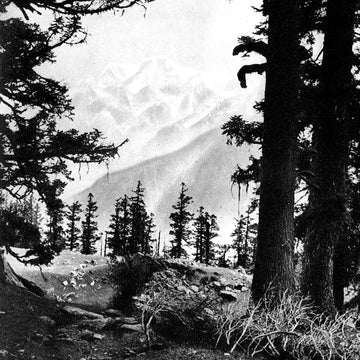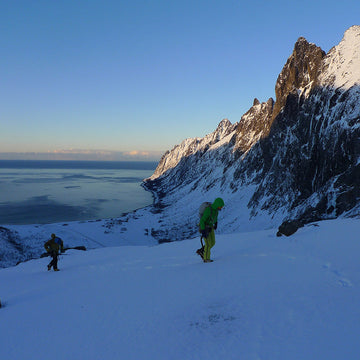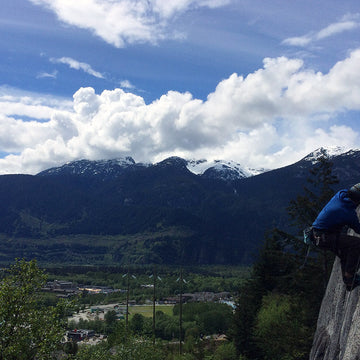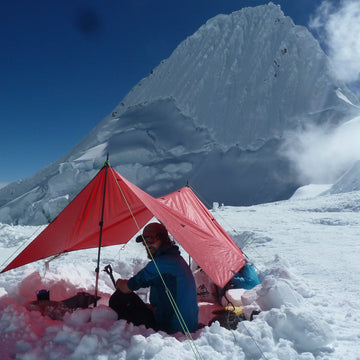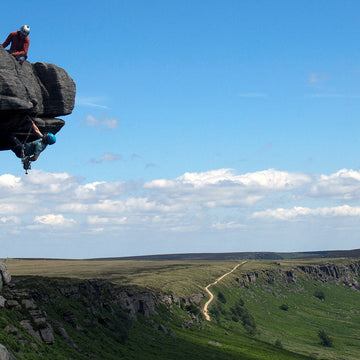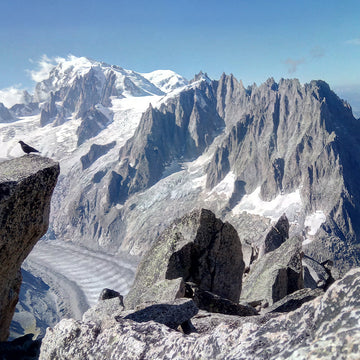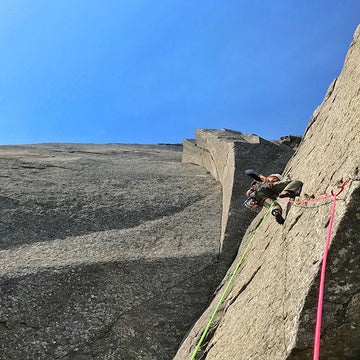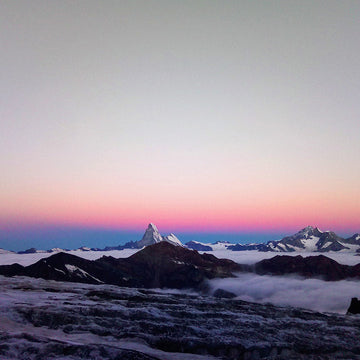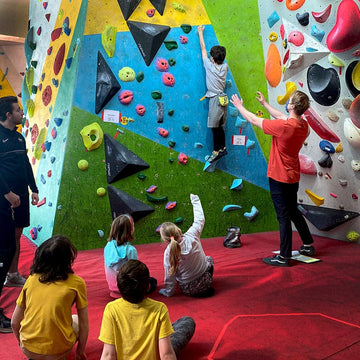Alpkit team at the ice climbing world cup, representing with skill and determination.
Ice climbing competitions are a funny thing, a whole lot of people get together to test against each other, but they all do it for different reasons. What caught my attention last time I watched the Saas Fee World Cup was the good camaraderie and great vibe amongst the climbers. Competing in the 2011 event together with Rob Gibson has been a great experience. In doing so I realised what makes this competition different to all the other types of sports competitions, I realised that what makes climbers a different crowd, what makes us alike and connect together, was very much alive in Saas Fee as well. The genuine respect and support was what will stay the longest with me out of this experience. I suppose it’s slightly different for the contenders that aspire to be the winners, I reckon they have a bit more pressure and have less time to make new friends and socialise. But there’s a whole lot of really strong climbers from around the world that make the competing together really satisfying, even if you don’t make through qualifiers, most of them are there to have a good go and put their hard-earned skills into practise.

I was pretty nervous going into the isolation zone. Rob, having done quite few comps already, knew the drill and looked composed, and anyways, he didn’t have much time in isolation as he was number 4 and came out quite soon. I was number 47 so I had to wait for a few hours. Talking to other competitors kept my mind distracted so the nerves didn’t build up. I did a bit of warming up with Rob and later on I teamed up with french climber Etienne Grillot for the routines. All the competitors have different habits or do different stuff in the isolation zone. Some read, like Dennis from the dutch team, or some even have a bit of a sleep, like current World champ Markus Bendler. Obviously I paired up with Manu Cordova and Javi Bueno of the Spanish team for a bit of Spanish banter, they were really supportive and very generous giving tips for me to do well.

Of course the best part of the competition is that you get to climb some awesome routes. I’ve seen the routes in previous years and the structure where they built it doesn’t change much. But walking up to it when it’s your turn to climb doesn’t disappoint. I tried to climb well and to not make mistakes, I took my time to climb as I knew I was going to get pumped out of my brain before my time ran out. The routes are set with holds made out of real granite, they customised them every time so no competitor has previously seen or touched one of these holds before. So it’s pretty hard to work out how to use them and that’s how you spend most of your energy and then you have to make some powerful moves. Rob and I had different routes for the qualifiers, so we couldn’t share the beta when we previewed the route. Etienne and I worked through the holds and making a mental note of the possible moves, although until you are actually climbing it’s impossible to know what you will be doing.


I walked up to the belayer and tied in. Looked at the route and decided I was going to enjoy the climbing, because that is what it’s all about. I climbed up the ice pillar, jumped on the horizontal ice-block and bam, first hold. Steinpull on a slippery granite hold never feels secure, but you just have to pull on it and hope it doesn’t pop. Soon I got in the flow of it and didn’t find the climbing too hard, but the moves are strenuous and kicking your front points on the plywood all the time is pretty tiring. I made it up the first panel and then across another panel. Here things started to get tough, I could feel my arms blasted with lactic acid. Rob and the rest of the friends were shouting encouragement and that helped a lot, but once I got onto the ice barrel my arms couldn’t hold anymore. I tried a few figure-of-fours to de-pump, but I was off soon after. That was it, it was over. I had no idea how I performed, but I enjoyed it. Later on, the guys told me I did pretty well, so I was happy with that.


Once the qualifiers were over, we walked up to the scores. As expected, neither of us made it through, but weren’t the last at least. Rob was 20th in his group and I was 15th. Only the top 9 of each group qualify to the next round, the semi-finals. That night we went to what I called the “losers party”, which takes place in a really cool make-shift club right next to the routes. We had a lot of fun watching the whole Russian and ex-Soviet Union countries competitors doing the speed climbing competition. The speed climbing discipline consist in running up a vertical 20m pillar of ice as fast a you can on a top-rope. Most of us don’t really get it, but it’s tons of fun to watch. The fastest was something like 10 seconds, which is actually a quite amazing achievement.
Our final ranking of the competition was 41st place for Rob and 29th for me, out of 63 competitors. Not bad considering it was my first competition and Rob was in recovery from a broken ankle that is still hurting and didn’t allow any training. So we are pleased with the outcome after all. We are now in Kandersteg trying to get some proper climbing done. The competition has taken its toll, in terms of energy and time, and we hope to get things up and running soon.

